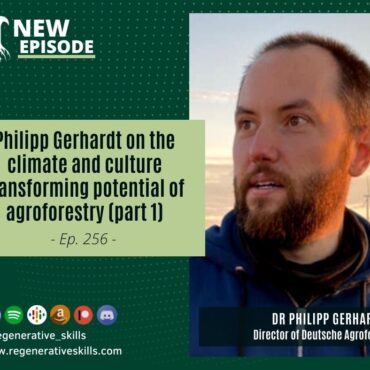
Philipp Gerhardt on the climate and culture transforming potential of agroforestry
Welcome back to this ongoing series on tree planting and agroforestry. This week will be the first of a two part interview I did with Philipp Gerhardt, the founder of […]

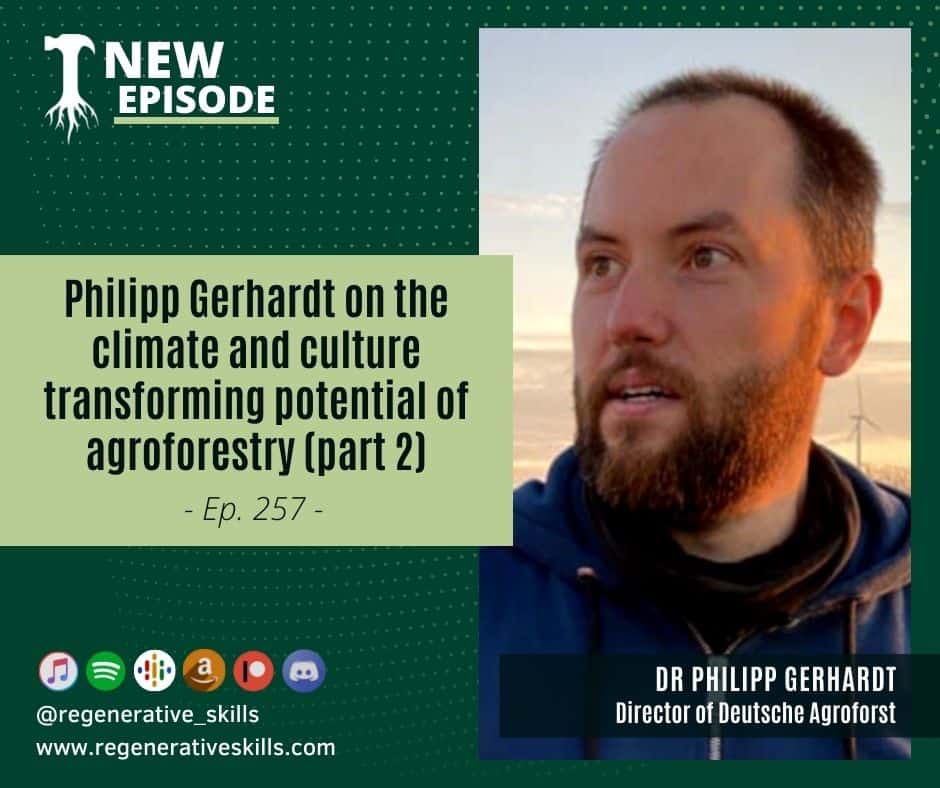

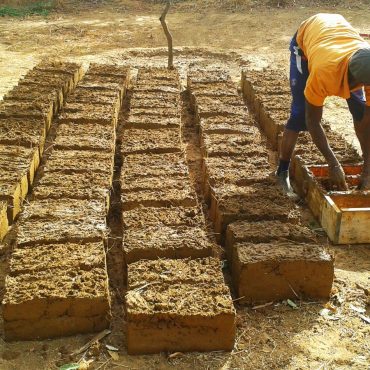
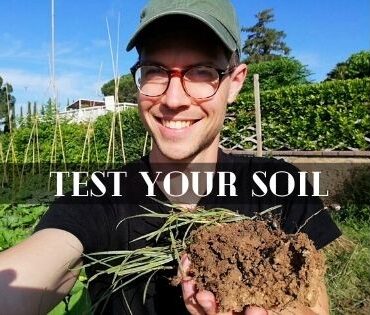
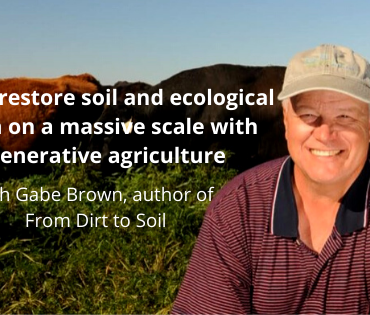
Post comments
This post currently has no comments.